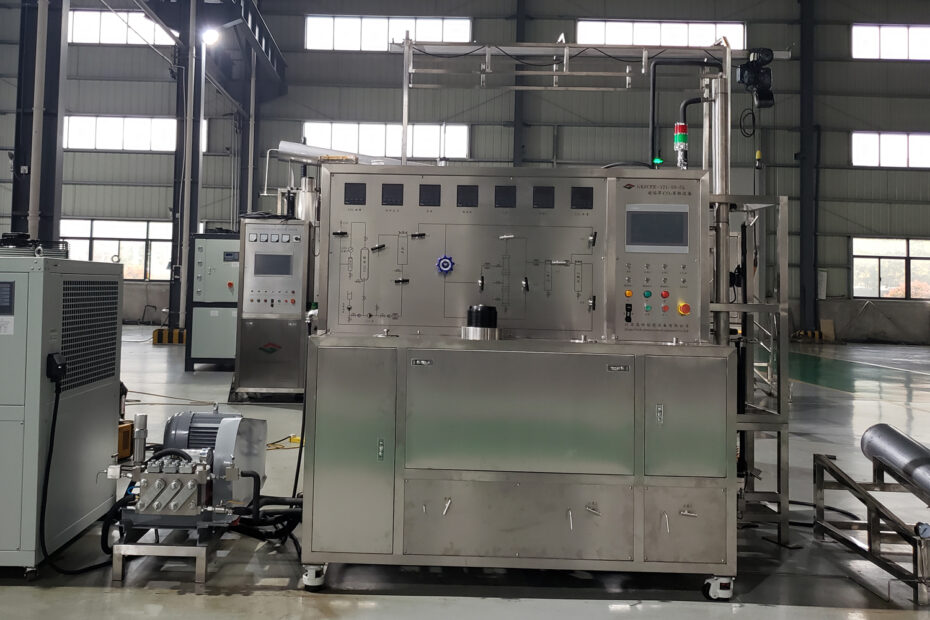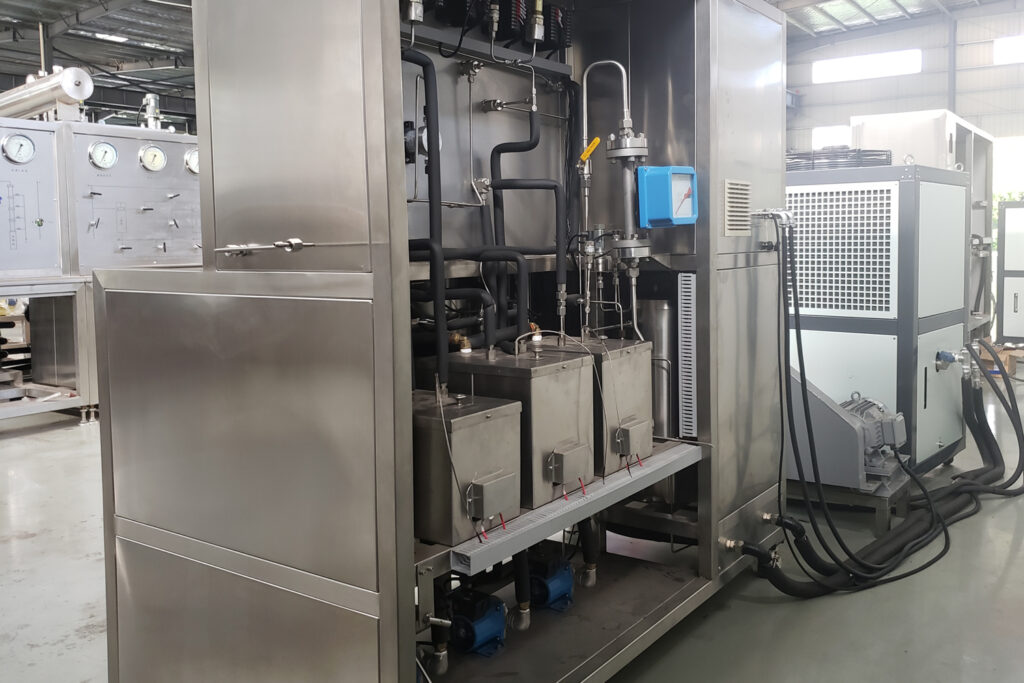In the ever-evolving landscape of extraction methods, two prominent techniques stand out for their efficiency and versatility: Supercritical CO2 Extraction and Solvent Extraction. As industries seek optimal ways to extract valuable compounds from raw materials, understanding the nuances of these methods becomes crucial.
Supercritical CO2 Extraction Overview
The Power of Supercritical Fluids
Supercritical CO2 Extraction leverages the unique properties of carbon dioxide in its supercritical state, where it exhibits both liquid and gas characteristics. This high-pressure, high-temperature method offers a non-toxic and environmentally friendly alternative to traditional extraction processes.
Precision and Selectivity
One of the key strengths of Supercritical CO2 Extraction is its ability to precisely target specific compounds. The tunable nature of this process allows operators to adjust temperature and pressure to selectively extract desired components, minimizing damage to heat-sensitive compounds.
Minimal Residue and Purity
Supercritical CO2 leaves minimal residue in the extracted material, resulting in a purer end product. The absence of residual solvents makes it particularly appealing for industries such as food, pharmaceuticals, and herbal extracts.
Solvent Extraction Overview
Traditional Approach with a Range of Solvents
Solvent Extraction, a more traditional method, involves the use of various solvents like ethanol, hexane, or methanol to dissolve and extract target compounds from raw materials. This process has been widely employed across industries for its simplicity and cost-effectiveness.
Challenges of Residual Solvents
One notable drawback of Solvent Extraction is the potential for residual solvents to remain in the final product. Ensuring the removal of these solvents is critical, especially in applications where purity is paramount, such as pharmaceuticals and food production.
Versatility in Extracting Various Compounds
Solvent Extraction’s versatility shines in its ability to extract a wide range of compounds, including lipids, essential oils, and cannabinoids. However, the choice of solvent greatly influences the selectivity and efficiency of the extraction process.
Comparison of Supercritical CO2 Extraction and Solvent Extraction
| Parameter | Supercritical CO2 Extraction | Solvent Extraction |
|---|---|---|
| Toxicity | Non-toxic and environmentally friendly | Depends on the solvent used; potential for toxicity |
| Residual Solvents | Minimal residue, high purity | May leave residual solvents in the final product |
| Selectivity | Highly tunable for selective extraction | Selectivity influenced by choice of solvent |
| Environmental Impact | Low environmental impact | Potential environmental concerns with certain solvents |
| Equipment Complexity | Requires specialized equipment | Generally simpler equipment requirements |
| Cost | Higher initial investment, lower operating costs | Lower initial investment, but potentially higher operating costs |
| Applications | Pharmaceuticals, food, herbal extracts, essential oils | Widely used in various industries; less suitable for certain applications |
Conclusion (H2)
In conclusion, the choice between Supercritical CO2 Extraction proecss and Solvent Extraction hinges on various factors, including the nature of the raw material, desired end product purity, and the industry’s regulatory landscape. Each method brings its unique set of advantages and challenges to the table, catering to diverse extraction needs. As industries continue to advance, a nuanced understanding of these extraction techniques becomes paramount for informed decision-making.

